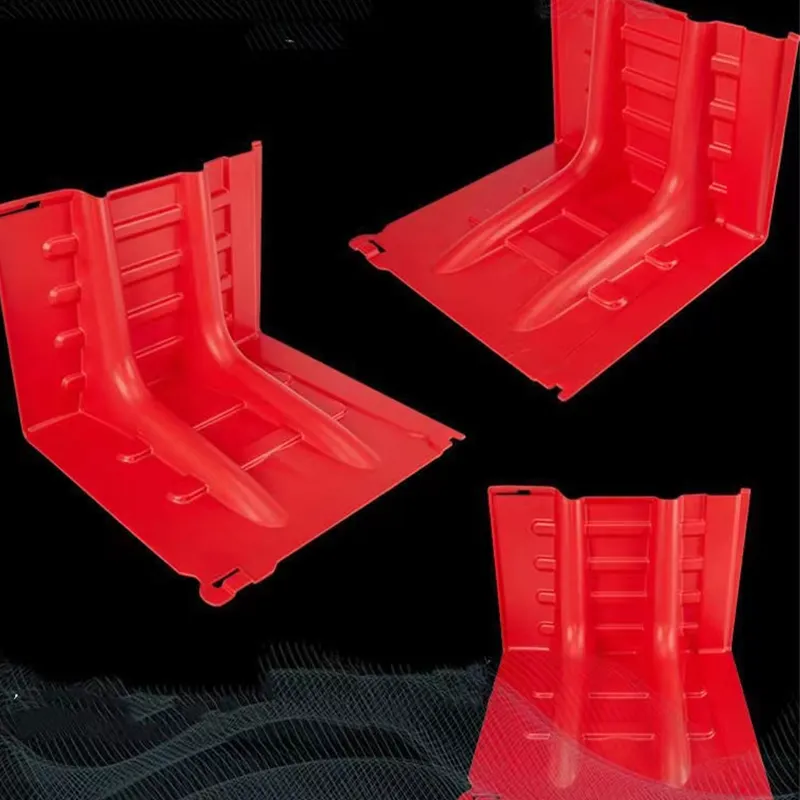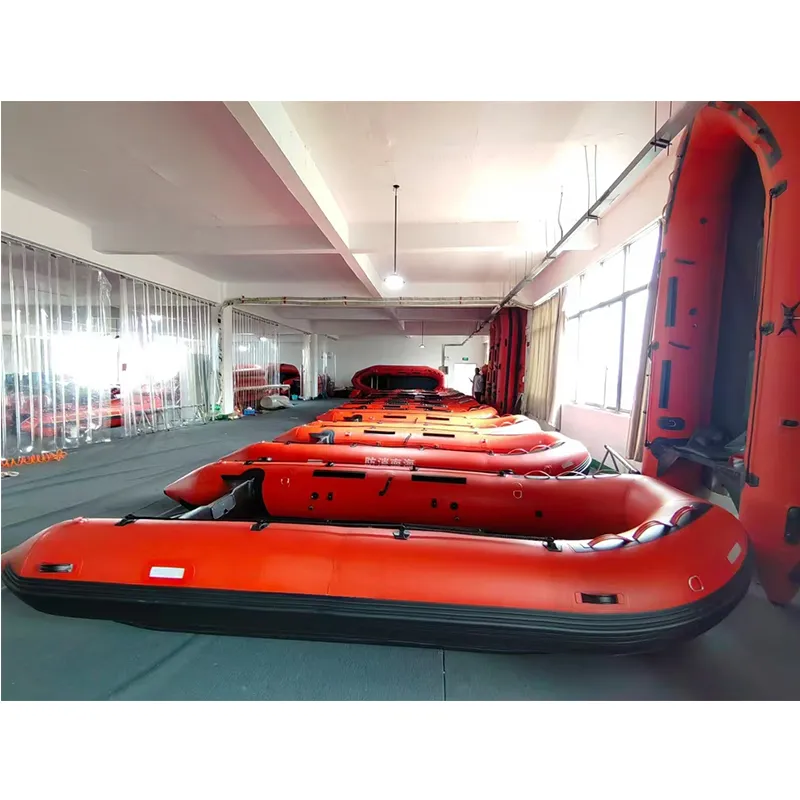

The authoritativeness of water mist systems is recognized by leading safety certification bodies, including Underwriters Laboratories (UL) and Factory Mutual (FM), attesting to their safety and effectiveness. These certifications are critical, providing architects, engineers, and contractors with the certainty needed to incorporate water mist technology into building designs confidently. Insurance companies, too, leverage these endorsements, often offering reduced premiums for properties equipped with such advanced fire protection solutions. Trustworthiness is perhaps best illustrated through the longevity and sustainability of water mist systems. Unlike traditional sprinklers, which can inadvertently trigger and cause extensive water damage, the precision-engineered design minimizes malfunctions. Additionally, the reduction in water use not only cuts costs but also aligns with environmentally sustainable practices, proving especially appealing to eco-conscious companies aiming to reduce their carbon footprint. Furthermore, rigorous maintenance schedules and automated self-checks maintain system readiness, ensuring optimal performance at critical moments. The adoption of water mist systems is not merely a trend but a strategic move towards embracing innovative fire safety practices. As the architectural landscape continues to evolve, the necessity for adaptable, efficient, and sustainable fire protection solutions will only grow. The water mist fire protection system is poised to remain at the forefront of this safety revolution, backed by a substantial foundation of practical experience, scientific expertise, authoritative endorsements, and an unwavering trust in its capabilities.





























